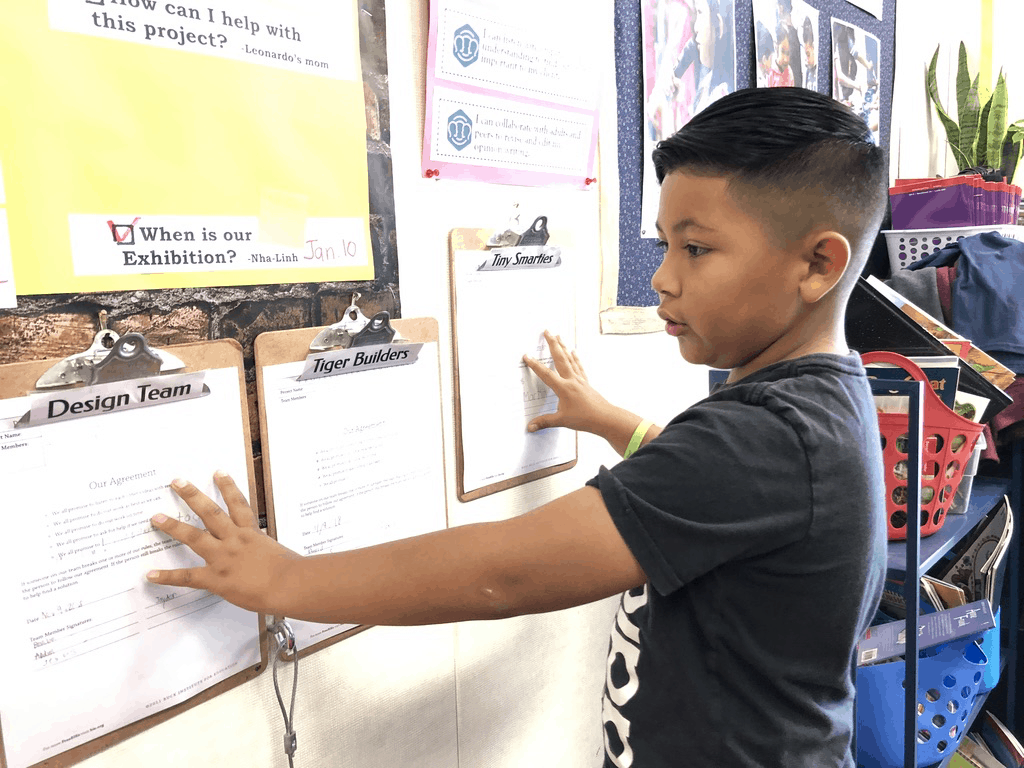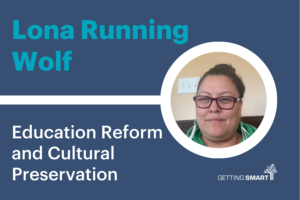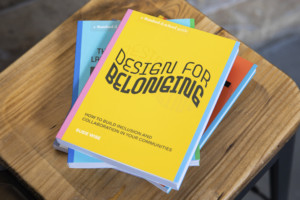What Moment Are You In?

The most important question a leader must answer is, “What moment are you in?”
There is a two-part answer. The first includes context variables: what’s happening in the competitive, technology and policy landscape? The answer defines the window of opportunity (or window of need in the service sector). How big is it? How fast is it expanding? What are the primary levers for impact?
The second answer is an organizational vector: how fast and in what directions is the organization evolving?
The combination of the two answers about the market and the organization helps leaders decide what to do next.
In building support for your idea (in hiring, fundraising and partnerships), it helps if you can make the case that you’re working on an important problem and that you’re proposing a timely solution–the right idea at the right time in the right place.
Not the End, Just the Beginning
In education, we’re at the end of a decade of outsized federal involvement and a quarter century of standards-based reform where narrow grade-level targets were the success criteria. We’re at the end of two centuries of industrial education where age cohorts were batch processed through a system of knowledge transmission.
Fordham’s Mike Petrilli recently argued that the acceptance of testing, alternative certification and charter schools signal the end of education policy and the dawn of a “Golden Age of Educational Practice.”
It may be true that we’ve reached a new homeostasis–a policy pause where we should acknowledge that standards-based reforms didn’t work as well as hoped. Petrilli would argue implementation was to blame (hence, his interest in better practice).
I agree that the moment we’re in is a problem more of practice more than policy, but the practice opportunity is not just helping individual teachers improve, it’s designing new schools. It’s the early innings of the Golden Age of Model Design–new schools that reflect:
- New priorities: Skills like design thinking, entrepreneurship and collaboration; character traits like initiative, contribution and persistence.
- New signs of progress: demonstrated competence is the new measure of success rather than the passing of time.
- New opportunities: ubiquitous connectivity, open resources, mobile device and new partnerships have opened up a world of opportunity–real anywhere anytime learning.
Combined, these new priorities, new rules and new tools mean we can reconceptualize learning– particularly secondary and postsecondary education to include:
- Extended challenges: more inquiry-based learning, more integrated projects, more performing arts, more open-ended maker and design challenges.
- Dynamic progressions: combinations of self-study, skill groups and project teams that combine interest, learning progressions and local opportunities (i.e, what a learning wants to learn, should learn and could learn).
- Better guidance: new learning priorities and expanded options suggest the need for more robust guidance systems–sustained adult relationships informed by data about learner progress and local opportunity.
We’re just at the beginning of designing new schools. Grant programs like XQ Super School, Next Generation Learning Challenges and New Schools Venture Fund are a good start.
We need better tools to support new schools. Progress is being made in productive collaborations between model builders and EdTech providers (most associated with grant programs mentioned above including Lindsay USD and Empower Learning, Brooklyn LAB and Cortex, Purdue Polytech and Course Networking, Building 21 and Slate, Teton Science and Novare).
Great work is spreading in this Golden Age of Model Design. (For evidence, see our list of 100 secondary and 70 elementary schools worth visiting).
To support these new models, we’re seeing the emergence of a new policy environment for talent development focused on:
- Personalized and competency-based learning;
- Portable profiles and transcripts that combine in school, in community, on the job and online learning; and
- Lifelong learning driven by the opportunity to contribute as entrepreneurs and citizens with equitable and affordable access to powerful learning.
It’s not the end of education policy, it’s just the beginning. There’s one thing I do agree with Petrilli on, that this new age “is not coming from Washington, and it’s not coming from the states. It needs to come from each of us.”
For more, see:
- Public Education 25 Years From Now
- Rethinking the College Pipeline: Leading University Gains Youth Badging Platform
- New Merger Brings Learning and Workforce Solutions for Cities Across the U.S.
Stay in-the-know with innovations in learning by signing up for the weekly Smart Update. This post was originally published on Forbes.





0 Comments
Leave a Comment
Your email address will not be published. All fields are required.